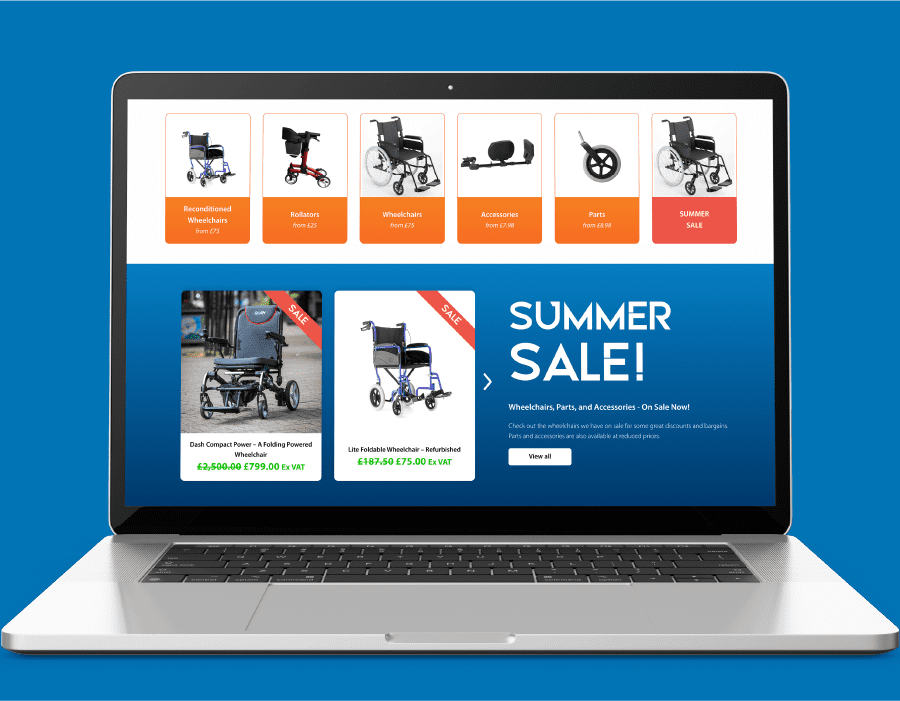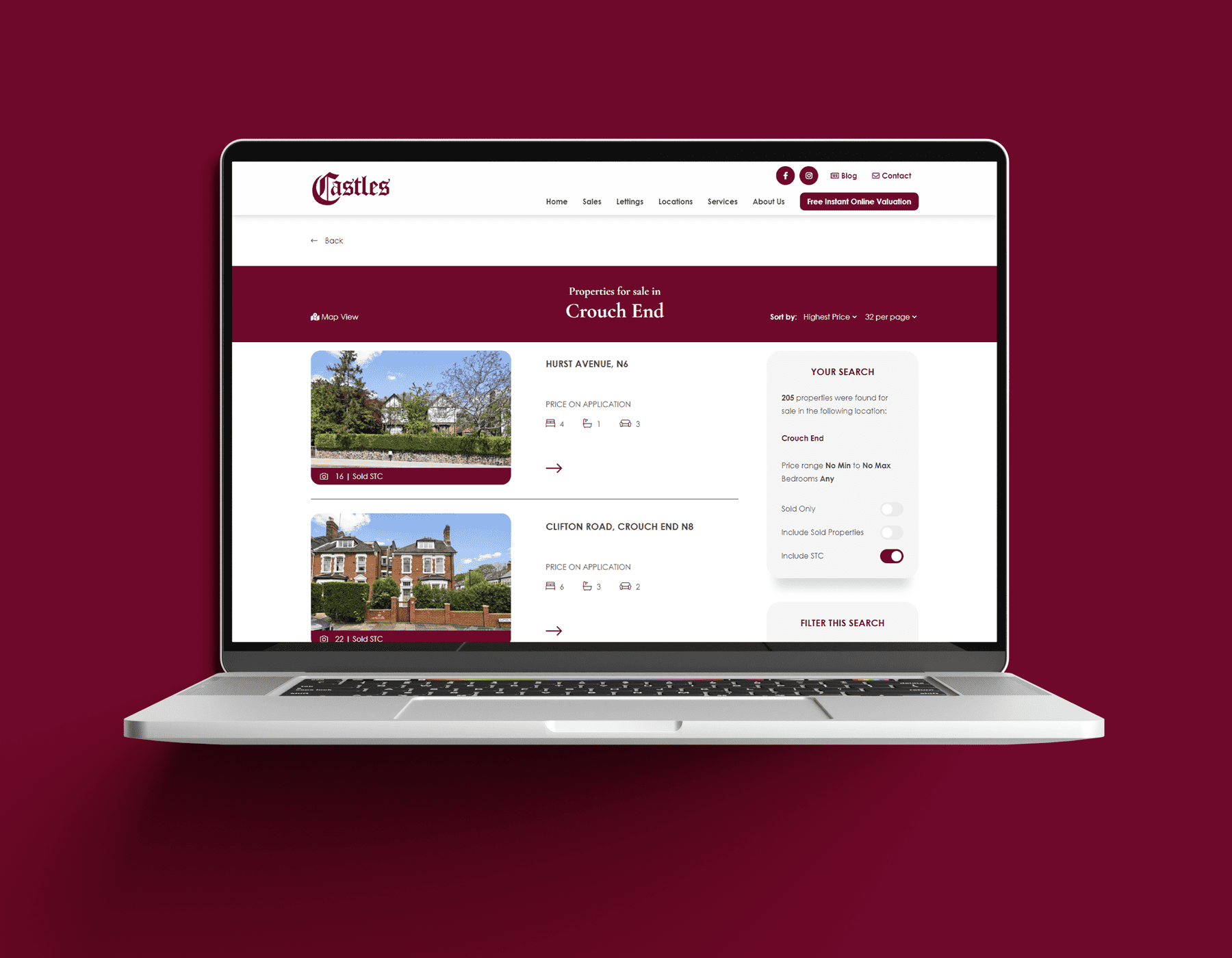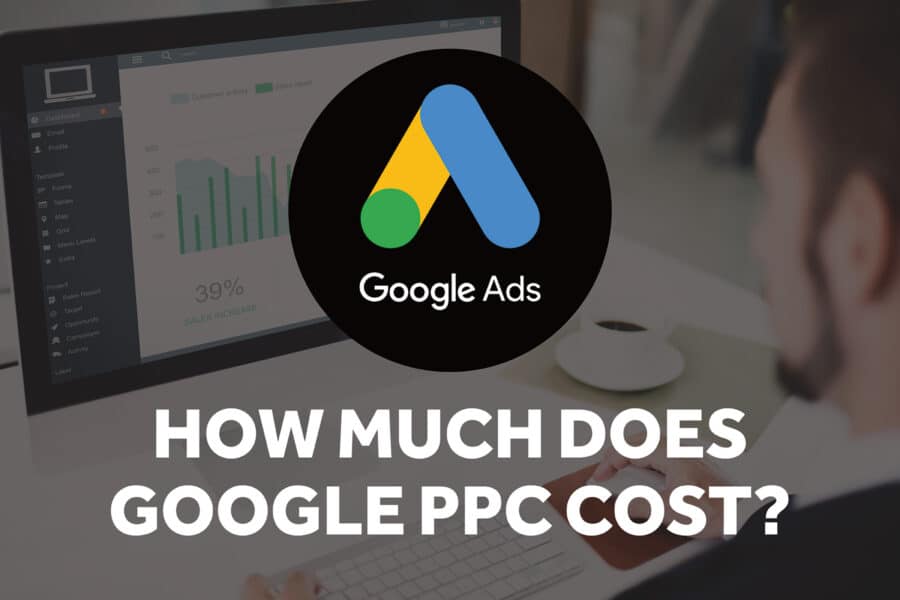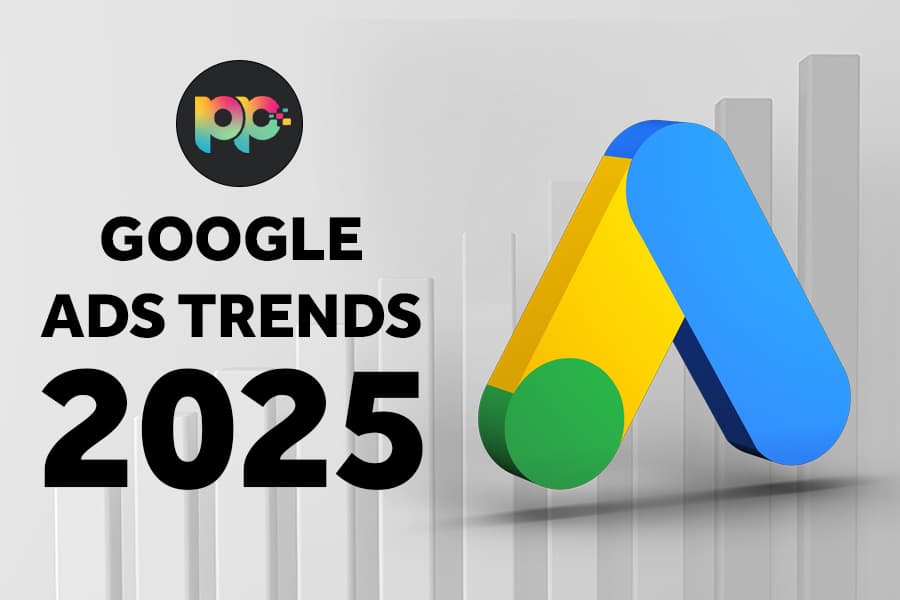Request a Proposal
Proud to work with
Audience Segmentation
Retargeting works best when your audience is properly segmented. By grouping users based on their behaviour—whether they’ve visited specific pages, abandoned a cart, or interacted with your content—you can create highly targeted ads that resonate with their interests. This level of precision ensures your ads are relevant, improving engagement and conversion rates while reducing wasted ad spend.
Display Ads
Display ads are a powerful way to keep your brand in front of potential customers as they browse the web. By strategically placing ads on relevant websites, you can remind users of your products or services, encouraging them to return to your site and take action. These ads are designed to reinforce your brand message and drive conversions.
Social Media Retargeting
Retargeting on platforms like Facebook, Instagramand LinkedIn allows you to reach users where they spend most of their time online. Tailored ads can be shown to those who’ve already engaged with your website or social media profiles, keeping your brand visible and encouraging them to convert. This approach leverages personalisation to increase effectiveness.
Google Ads Retargeting
Google Ads retargeting focuses on reconnecting with users through search and display networks. When people leave your website without converting, these ads help bring them back, reminding them of what they left behind. By displaying ads across Google’s extensive network, you can recapture interest and drive more conversions.
Dynamic Retargeting
Dynamic retargeting takes personalisation to the next level by automatically displaying the exact products or services that users have previously viewed on your site. These highly relevant ads provide a tailored experience, improving the chances of conversion. This is especially effective for e-commerce businesses looking to recover abandoned carts.
Ad Performance Optimisation
Retargeting campaigns aren’t set-and-forget. Continuous monitoring and optimisation ensure your ads perform at their best. By analysing data and adjusting campaigns, you can maximise ROI, increase click-through ratesand reduce cost-per-conversion. Regular testing and refinement keep your ads relevant and impactful, driving better results over time.
-
What Are Retargeting Ads?
Retargeting ads are a powerful form of digital advertising that specifically target users who have already visited your website or engaged with your content but didn’t complete a key action, such as making a purchase, signing up for a service, or filling out a contact form. These ads are designed to re-engage potential customers by showing them your products or services as they continue to browse other websites, social media platforms, or even search engines.
The primary goal of retargeting ads is to remind these users of their initial interest, encouraging them to return and complete the desired action. This works because these users are already familiar with your brand, making them far more likely to convert than someone encountering your business for the first time. Retargeting essentially helps your business capitalise on warm leads—people who have already demonstrated intent but need an additional nudge to finalise their decision.
Retargeting ads appear in various formats, including display banners, video adsand social media posts. By placing these ads in front of users who have left your website, you can stay top of mind, keeping your brand visible while they consider their options. This is especially useful in competitive markets where consumers may take time to make purchasing decisions.
Retargeting is highly cost-effective as it allows you to focus your ad spend on users who are already more likely to convert. This approach maximises the return on your advertising investment by reducing wasted ad spend and increasing conversion rates, making it an essential component of a successful digital marketing strategy.
-
How Do Retargeting Ads Work?
Retargeting ads operate using tracking cookies or pixels that are placed on your website. These small pieces of code log a user’s activity as they navigate through your site, such as viewing specific products, interacting with content, or abandoning a shopping cart. Once the user leaves your website without completing a desired action, the tracking pixel continues to follow their activity as they browse the internet.
This allows your ads to appear on other platforms they visit, such as Google, Facebook, or Instagram. The ads are specifically tailored based on the user’s previous behaviour, whether they looked at a particular product or engaged with a service page. This personalised approach ensures that your ads are relevant and timely, acting as a gentle reminder to the user about their previous interest in your brand.
Retargeting ads are effective because they focus on users who have already shown intent or interest, making them more likely to convert compared to new visitors. These ads can encourage users to return to your site and complete actions such as making a purchase, signing up for a newsletter, or requesting more information. By targeting users who are already familiar with your brand, retargeting reduces the need for a high volume of cold advertising while increasing the chances of conversion.
Additionally, retargeting ads help reduce wasted ad spend. Instead of casting a wide net to attract new visitors who may not convert, you’re focusing on a qualified audience who have already engaged with your brand, making your advertising budget work more efficiently. This focused targeting ultimately improves your conversion rates and enhances the return on investment from your marketing efforts.
-
Why Are Retargeting Ads Important?
Retargeting ads are essential for keeping your brand in front of potential customers who have already shown interest but didn’t convert on their first visit. It’s common for users to browse your site, explore your products or servicesand then leave without taking action. Retargeting ensures these valuable leads aren’t lost by reminding them of your brand and encouraging them to return. This persistent visibility is key in today’s competitive digital landscape.
By targeting users who are already familiar with your business, retargeting ads significantly increase the likelihood of conversion compared to targeting cold audiences. These ads serve as a gentle reminder of what the user was interested in, providing an opportunity to recapture their attention and guide them back through the sales funnel. Whether it’s highlighting a product they viewed or promoting an ongoing offer, retargeting helps nudge them toward making a purchase or completing another desired action.
Another crucial benefit of retargeting ads is their role in building brand recall and trust. With repeated exposure, users become more familiar with your brand, making them more likely to choose you when they are ready to make a decision. This ongoing presence fosters trust and keeps your brand top of mind when they’re prepared to take action.
Retargeting ads are also a cost-effective marketing strategy. By focusing on users who have already shown intent, you reduce wasted ad spend and improve the efficiency of your campaigns. Ultimately, retargeting offers an excellent way to nurture leads, improve conversion ratesand drive better overall marketing performance.
-
Types of Retargeting Ads
There are several types of retargeting ads available, each designed to reconnect with potential customers in different ways. Display retargeting shows your ads across a wide network of websites and apps, reminding users of your brand as they browse other online spaces. These ads appear in strategic locations, encouraging users to return to your site and complete a desired action, such as a purchase or sign-up.
Social media retargeting focuses on platforms where users spend a significant amount of time, such as Facebook, Instagramand LinkedIn. By delivering targeted ads on these platforms, you can re-engage users who have previously interacted with your brand, keeping your business top of mind while they scroll through their feeds.
Search retargeting leverages Google’s extensive network to show ads to users who have searched for specific keywords related to your products or services. This type of retargeting allows you to reach potential customers while they are still in the discovery or research phase, guiding them toward your brand after their initial interest.
Dynamic retargeting takes personalisation to the next level by displaying customised ads that feature the exact products or services users have viewed on your site. This is especially effective in e-commerce, as it encourages users to return and complete purchases by showing them tailored content based on their browsing history.
Each type of retargeting has its advantagesand combining them can help you create an in-depth strategy that reaches users across multiple channels, reinforcing your brand message and increasing the likelihood of conversion.
-
Best Practices for Retargeting Ads
To maximise the effectiveness of your retargeting ads, it’s crucial to follow best practices that ensure your campaigns are targeted, engagingand efficient. Start with audience segmentation. By grouping users based on their interactions with your website—whether they viewed a specific product, abandoned a cart, or browsed a particular service—you can create ads that are highly relevant to their behaviour. This tailored approach increases the likelihood of conversion since the ads speak directly to their interests.
Keeping your ad copy and visuals fresh is also essential. Over time, your audience may experience ad fatigue if they see the same content repeatedly. By updating creatives and messages, you can maintain their attention and continue to engage them in a meaningful way. A variety of visuals and copy ensures that your ads remain appealing and relevant throughout the campaign.
Setting frequency caps is another important practice. While it’s beneficial to remind users of your brand, overwhelming them with constant ads can have the opposite effect, leading to frustration and disengagement. Frequency caps limit the number of times your ads are shown to the same user, ensuring a balanced approach that keeps your brand visible without becoming intrusive.
Finally, continuous monitoring and optimisation of your campaigns are key to achieving the best results. Test different creatives, headlinesand offers to see what resonates most with your audience. Use data to make informed adjustments, refining your ads to improve click-through rates, conversion ratesand overall performance. With ongoing optimisation, you can maximise your return on investment and ensure your retargeting efforts are as effective as possible.
-
How Retargeting Ads Improve Conversion Rates
Retargeting ads are highly effective at boosting conversion rates because they focus on users who have already expressed interest in your brand. These users form a warmer audience, meaning they are more likely to complete the desired action, such as making a purchase or signing up for a service, compared to first-time visitors. Retargeting ads strategically target this group, appearing on websites, social media platforms, or within apps they use, gently reminding them of the products or services they previously viewed.
The strength of retargeting lies in its ability to re-engage users who may have left your website without converting. By serving relevant ads at the right time, retargeting encourages them to return and complete their journey. Whether it’s reminding them of a product they added to their shopping cart or showing an ad for a service they researched, retargeting provides that extra nudge to prompt a decision.
Dynamic retargeting further amplifies this effect by offering a personalised experience. With dynamic ads, users are shown specific products or services they have already viewed, creating a seamless and relevant user experience. This personalisation helps maintain engagement and boosts the chances of conversion since the ads are highly tailored to the individual’s interests and behaviour.
Overall, retargeting ads are a powerful tool for improving conversion rates, providing a targeted, efficient way to reconnect with potential customers. By focusing on those who are already familiar with your brand, these ads significantly increase the likelihood of turning interest into action, driving better results for your business.
-
Retargeting Ads vs Remarketing
Although retargeting ads and remarketing are often used interchangeably, they refer to distinct strategies in digital marketing. Retargeting focuses on showing paid ads to users who have visited your website but didn’t convert. These ads typically appear across display networks or social media platforms, reminding users of products or services they’ve previously viewed. The aim is to re-engage visitors and encourage them to return to your site to complete an action, such as a purchase or sign-up.
Remarketing generally involves re-engaging customers who have already interacted with your brand, often through email campaigns. These emails target past customers or users who have previously made a purchase, signed up for newsletters, or engaged with your content. Remarketing aims to drive repeat business by delivering personalised offers, updates, or reminders via email.
Both strategies seek to increase conversions, but retargeting is more immediate, targeting potential customers during the decision-making phase and encouraging them to return to your site. Remarketing, on the other hand, focuses on maintaining relationships with existing customers, nurturing long-term engagement and fostering brand loyalty.
Each approach offers its own advantages: retargeting works well for re-engaging visitors who are close to converting, while remarketing helps strengthen relationships with existing customers and encourages repeat business. Both can be integral to an effective digital marketing strategy, depending on your goals.
-
How to Measure the Success of Retargeting Ads
Measuring the success of retargeting ads is crucial for understanding their impact on your business. Tracking key metrics such as click-through rate (CTR), conversion rateand cost per conversion provides valuable insights into the effectiveness of your campaigns.
Click-through rate (CTR) indicates how many people are clicking on your retargeting ads. A high CTR suggests your ads are relevant and engaging to your audience. However, clicks alone don’t guarantee success, which is where conversion rate comes in. This metric shows how many of those clicks actually lead to the desired action, such as a purchase or sign-up, giving you a clearer picture of how effective your ads are at driving results.
Cost per conversion is another critical metric, as it reveals how much you’re spending to achieve each conversion. By monitoring this, you can assess whether your retargeting campaigns are delivering value for money and if they’re efficient in driving revenue.
Regularly analysing these metrics allows you to make informed adjustments, such as refining your ad copy, testing new creatives, or adjusting audience targeting. This ongoing optimisation ensures your retargeting ads continue to perform well, maximising your return on investment and improving overall campaign effectiveness. By keeping a close eye on performance, you can fine-tune your strategies to get better results over time.
FAQs
What are retargeting ads?
Retargeting ads are digital ads that target users who have previously visited your website or interacted with your content but did not complete a desired action, such as making a purchase or signing up. These ads help re-engage potential customers by reminding them of your brand as they browse other websites or use social media.
How do retargeting ads work?
Retargeting ads use tracking cookies or pixels that follow users who have interacted with your website. Once a user leaves, the tracking pixel triggers ads across platforms like Google, Facebook, or other websites, encouraging them to return and complete the action they didn’t finish on your site.
What types of retargeting ads are available?
Common types of retargeting ads include display retargeting (shown across websites), social media retargeting (on platforms like Facebook and Instagram)and dynamic retargeting (which shows personalised ads featuring specific products or services that users viewed).
Why are retargeting ads important for my business?
Retargeting ads keep your brand visible to users who have already shown interest in your products or services, increasing the likelihood of conversion. They improve brand recall, help reduce wasted ad spendand ensure you don’t miss out on valuable leads.
How does retargeting differ from remarketing?
Retargeting involves showing paid ads to users who have visited your site but didn’t convert, while remarketing usually refers to re-engaging customers through email campaigns. Retargeting is more immediate, targeting users in the decision-making phase, whereas remarketing focuses on nurturing existing customer relationships.
How long should I run a retargeting campaign?
The duration of a retargeting campaign depends on your specific goals and the behaviour of your audience. However, it’s generally recommended to run campaigns long enough to stay visible but with proper frequency caps to avoid overwhelming users. Continuous monitoring and optimisation are key.
How can retargeting ads improve my conversion rates?
By targeting users who have already shown interest in your brand, retargeting ads focus on a warm audience that is more likely to convert. Dynamic retargeting, in particular, displays personalised ads featuring products or services users previously viewed, increasing the chances of conversion.
What platforms can I use for retargeting ads?
You can run retargeting ads on platforms like Google, Facebook, Instagram, LinkedInand across various display networks. Each platform has its strengthsand using a combination of them can help you reach your audience more effectively.
What metrics should I track to measure retargeting success?
Key metrics to track include click-through rate (CTR), conversion rateand cost per conversion. CTR shows how many users clicked on your ad, conversion rate measures how many of those clicks led to the desired actionand cost per conversion helps assess campaign efficiency.
How often should I optimise my retargeting ads?
Regular optimisation is essential for maintaining the performance of your retargeting ads. It’s a good practice to review campaign data at least weekly, testing different creatives, adjusting targetingand refining your strategy to improve results over time.








